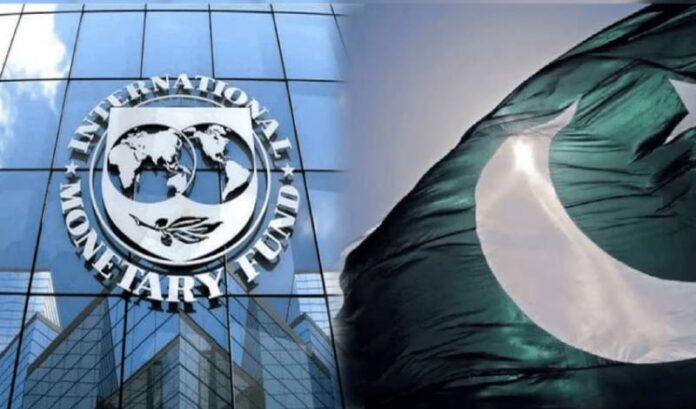Pakistan has met three of the five key fiscal conditions set by the International Monetary Fund (IMF) for the first review of its $7 billion loan program, a finance ministry report revealed. While the country achieved targets for the primary budget surplus, net revenue collection, and provincial cash surplus, the Federal Board of Revenue (FBR) fell short of its tax collection goals, raising concerns ahead of the IMF’s upcoming review in March.
The federal government reported a primary surplus of Rs3.6 trillion, or 2.9% of GDP, exceeding the IMF’s Rs2.9 trillion target. This surplus was largely due to the early booking of the entire annual central bank profit of Rs2.5 trillion in the first quarter.
Provincial governments also surpassed targets, generating a collective cash surplus of Rs776 billion against a target of Rs750 billion. Their independent revenue collection stood at Rs442 billion, exceeding the IMF’s Rs376 billion requirement.
Despite these fiscal gains, the FBR struggled to meet key tax collection benchmarks. Against a target of over Rs6 trillion for the first half of the fiscal year, it collected Rs5.624 trillion, missing the mark by Rs384 billion.
Additionally, the Tajir Dost Scheme, aimed at taxing traders, failed to generate Rs23.4 billion as expected, with collections falling below Rs2 million.
Finance Minister Muhammad Aurangzeb has confirmed that an IMF team will visit in early March for the first review discussions. A successful review is necessary for the release of the next $1 billion loan tranche.
Provincial governments benefited from increased revenues under the National Finance Commission (NFC) award, with their total revenues reaching Rs4.1 trillion, including Rs3.3 trillion from federal transfers. Their collective expenditure stood at Rs3.4 trillion, with Rs639 billion spent on development projects.
Punjab led in revenue generation, collecting Rs1.9 trillion and recording a surplus of Rs333 billion, despite a statistical discrepancy of Rs199 billion. Sindh posted a cash surplus of Rs264 billion after spending Rs968 billion, while Khyber-Pakhtunkhwa (K-P) recorded a surplus of Rs86 billion, though its finance advisor claimed the actual figure was Rs169 billion. Balochistan generated a surplus of Rs91 billion.
Pakistan has committed to meeting approximately 40 conditions under the IMF agreement, including generating a total cash surplus of Rs1.217 trillion from provincial governments in the current fiscal year. So far, the provinces have exceeded their independent revenue target, collecting Rs442 billion against the Rs376 billion requirement.
On the expenditure side, federal spending reached Rs8.2 trillion in the first half of FY25, marking a 22% increase from the previous year, driven mainly by rising interest payments. Debt servicing costs stood at Rs5.1 trillion, up by Rs1.1 trillion year-on-year, while defence spending totaled Rs890 billion. Civil government expenditures reached Rs339 billion, and pension payments increased to Rs450 billion.
The finance ministry also reported statistical discrepancies worth Rs237 billion in federal accounts, attributing them to reduced deposits of government entities in scheduled banks. After distributing the provincial share, the federal government’s net revenue stood at Rs5.9 trillion, which was Rs143 billion lower than the combined cost of interest and defence spending.























